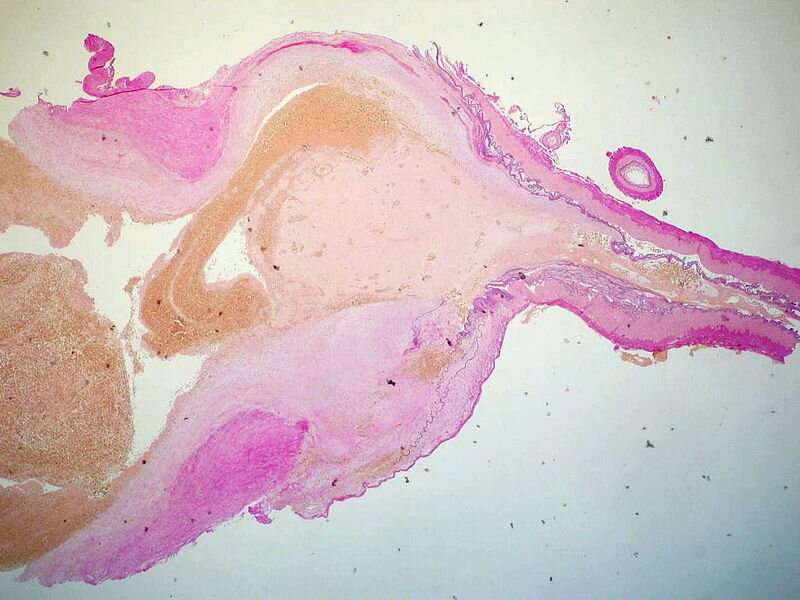Real-world results on the use of a new device to treat brain aneurysms

A recent international study led by researchers at Massachusetts General Hospital (MGH) and other institutions offers real-world results on the use of a novel device for treating brain aneurysms, or balloon-like bulges on weakened blood vessels that can rupture to cause life-threatening bleeding.
The study, which is published in Stroke, involved the use of the Woven EndoBridge (WEB) device. This device consists of a tiny mesh plug that can be inserted through a vessel and placed into an aneurysm to block, or occlude, blood from going into the bulging region—thereby stabilizing the vessel and preventing the aneurysm from rupturing. The device can also be used to stabilize acutely ruptured aneurysms, a critical aspect of the device as it does not require blood thinning medication as comparable therapies do.
"The WEB has recently become available in the United States, and elsewhere across the globe the device has been available for a longer time—but no large-scale study of its efficacy had been performed until now," says lead author and founder Adam A. Dmytriw, MD, MPH, MSc, an interventional neuroradiology and endovascular neurosurgery fellow at MGH. "Thus, we founded the WorldWideWEB Consortium uniting the experience of 22 tertiary/quaternary institutions across North America, Europe, South America, and Australia."
The team found that among 671 patients with 683 brain aneurysms (26.2 percent previously ruptured) who were treated with the device and were followed for a median of 11 months, adequate occlusion occurred in 85.7 percent of aneurysms, and complete occlusion in 57.8 percent. Retreatment was required in 7.8 percent of aneurysms. Blood clot–related complications developed in 7.5 percent of procedures, of which only 4.0 percent were symptomatic and 2.0 percent were permanent. Bleeding complications occurred in 3.0 percent of procedures. No patients experienced aneurysm re-rupture after treatment.
"Patients who are not suitable for open aneurysm surgery or who have recently had a life-threatening rupture and would be at high risk for additional bleeding if treated with conventional endovascular techniques due to the need for blood thinners, now have a viable treatment option," says Dmytriw. "We hope that our results will help guide interventionalists in the appropriate use of the WEB so that patients with challenging brain aneurysms will have a safe option for care."
More information: Adam A. Dmytriw et al, International Study of Intracranial Aneurysm Treatment Using Woven EndoBridge: Results of the WorldWideWEB Consortium, Stroke (2021). DOI: 10.1161/STROKEAHA.121.037609


















